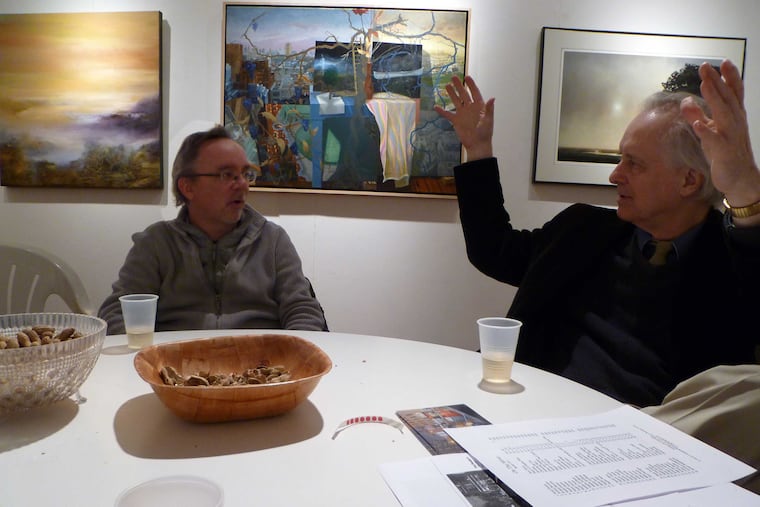Rodger LaPelle, who died in June, brought a little Eraserhood to his longtime Old City gallery
Gallery owner Rodger LaPelle supported younger artists, PAFA, and David Lynch - well before 'Twin Peaks.'

Gallery owner Rodger LaPelle supported younger artists, PAFA, and David Lynch - well before 'Twin Peaks.'
